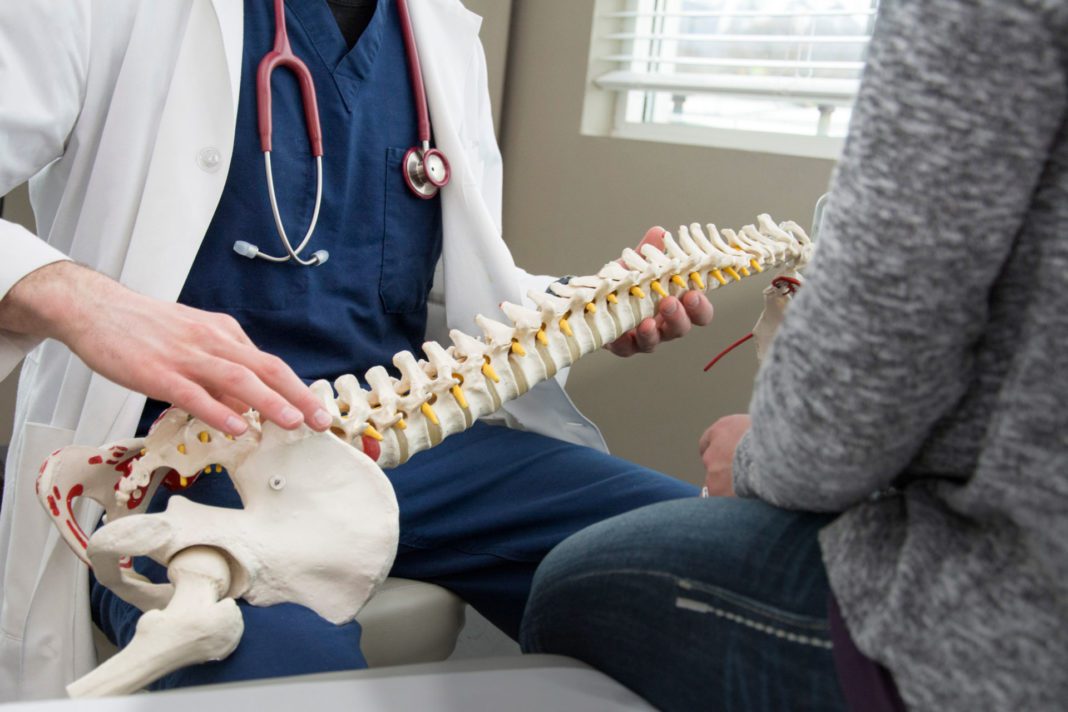A strong back is essential to ensuring good posture and supporting an active lifestyle, says Gregory Holt, M.D., an orthopedic surgeon with the Orthopaedic Center of Tulsa.
“Not maintaining good posture and back strength can lead to changes in your spine, such as the constriction of blood vessels and nerves,” he says. “This can cause headaches, fatigue, and back and neck pain.”
To check if you have good posture, try to draw an imaginary straight line from your earlobe, through your shoulder, hip, and knee to the middle of the ankle, says Holt. If you can, you’ve got great posture.
Finding the Right Mattress
When considering ways to help prevent or relieve back pain, it’s important to pay attention to how an unsupported mattress or office chair, combined with days spent in the car, could be problematic.
“It’s said that we spend nearly a third of our life sleeping or lying down, which makes investing in an appropriate mattress worth it,” says Jason Sparks, D.O., an orthopedic spine surgeon with Spine & Orthopedic Specialists and Advanced Outpatient Surgery of Oklahoma, both based in Tulsa. “Achieving deep sleep has so many health benefits beyond helping your back. I’m a big believer in memory foam or air bed mattresses instead of the traditional coil or spring mattress. It can make a big difference in helping people with their spine alignment.”
Holt says that while it depends on an individual’s preference, most people do better with a medium to firm bed.
“Memory foam is favored by many but not the best choice for everyone,” he says. “Side sleepers should use a firmer pillow and back sleepers often benefit from a pillow under their knees.”
Lumbar Support at Work
If you spend most of your day at a desk, Holt says to try and limit the time you spend seated, and offers advice for selecting a supportive chair.
“An office chair should have an adjustable seat height, with 16 to 21 inches usually being ideal,” he says. “The width should be comfortable and at least 18 inches. It should be deep enough to allow two to four inches between the chair and the back of your knees. It should also have lumbar support, mimicking the curve of your lumbar spine. Adjustable armrests are very helpful to take pressure off your back, and a swivel feature will decrease stress on the back.”
Sparks says an adjustable standing desk can be a great option to help alternate between sitting and standing throughout the day.
Overall Health
Sparks says that it’s important to remember the role overall health has in supporting a healthy back.
“In orthopedics, we emphasize that with any joint in the body, the stronger the muscles are around the joint, the less prone you are to injury,” says Sparks. “For instance, someone who has gained ten pounds may not think it makes much of a difference. But if I gave that person a backpack with ten pounds to carry around all day every day, they would feel the impact. Taking the time to lose any extra weight and exercising to strengthen your core is going to be helpful.”
When driving, Holt recommends that the seat back be at a 100 to 110 degree angle, and your knees should not be higher than your hips.
“Your shoulder should rest just behind your hips,” he says. “Lumbar support is present in some newer cars, but may also be accomplished with a rolled up sweatshirt or a commercial lumbar pillow.”
He also adds the reminder when lifting something heavy to “always lift with your knees bent and back straight. Never lift and twist at the same time.”


























